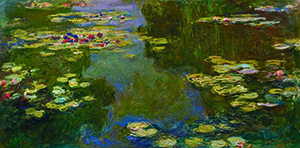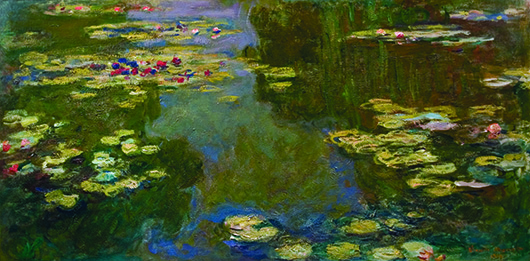
The exhibition will premiere at the Portland Art Museum in October 2015. It will then travel to The Phillips Collection in Washington, D.C, the Minneapolis Institute of Arts, and the New Orleans Museum of Art before closing at the Seattle Art Museum in early 2017.
“Paul Allen is one of the Northwest’s most significant art collectors and philanthropists,” said museum director Brian Ferriso. “His willingness to share his landscape masterpieces with our visitors continues his exceptional generosity and is a wonderful opportunity to be inspired by works of art that reflect his personal vision.”
“Seeing Nature” explores the development of landscape painting from a small window on the world to expressions of artists’ experiences with their surroundings on land and sea.
The exhibition reveals the power of landscape to locate the viewer in time and place – to record, explore and understand the natural and man-made world. Artists began to interpret the specifics of a picturesque city, a parcel of land, or dramatic natural phenomena.
In the 19th century, the early Impressionists focused on direct observation of nature. This collection is particularly strong in the works of Monet: Five great Monet landscapes spanning 30 years are featured, from views of the French countryside to one of his late immersive representations of water lilies, Le Bassin aux Nymphéas of 1919. Cézanne himself and fellow Post-Impressionists such as Vincent van Gogh used a more frankly subjective approach to create works such as La Montagne Sainte-Victoire (1888-90) and Orchard with Peach Trees in Blossom (1888). The exhibition also features a rare landscape masterpiece by the Austrian painter Gustav Klimt, Birch Forest of 1903.
The last part of the exhibition explores the paintings of artists working in the complexity of the 20th century. In highly individualized ways, artists as diverse as Georgia O’Keeffe, Edward Hopper, David Hockney, Gerhard Richter and Ed Ruscha bring fresh perspectives to traditional landscape subjects.
“Seeing Nature: Landscape Masterworks” from the Paul G. Allen Family Collection is co-organized by Portland Art Museum, Seattle Art Museum and the Paul G. Allen Family Collection, and will be curated by Bruce Guenther, chief curator and The Robert and Mercedes Eichholz Curator of Modern and Contemporary Art.
ADDITIONAL IMAGE OF NOTE


